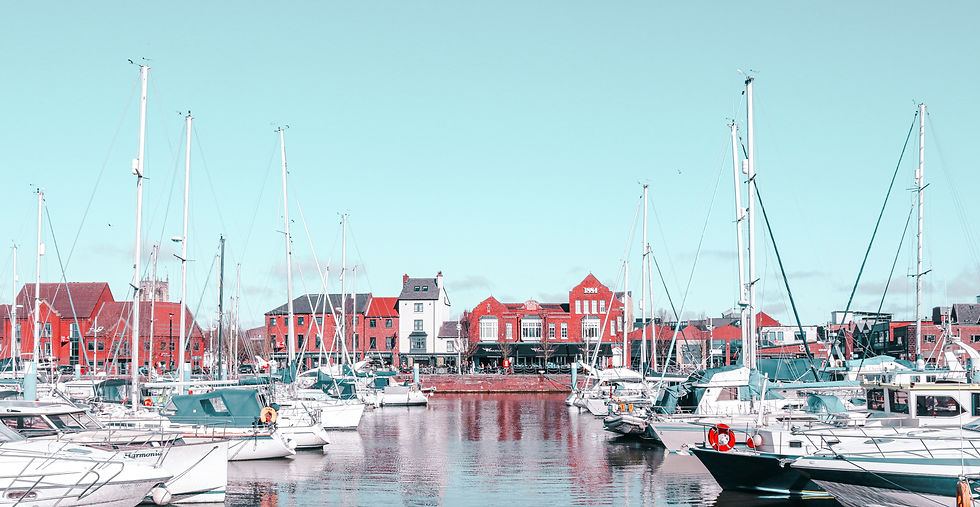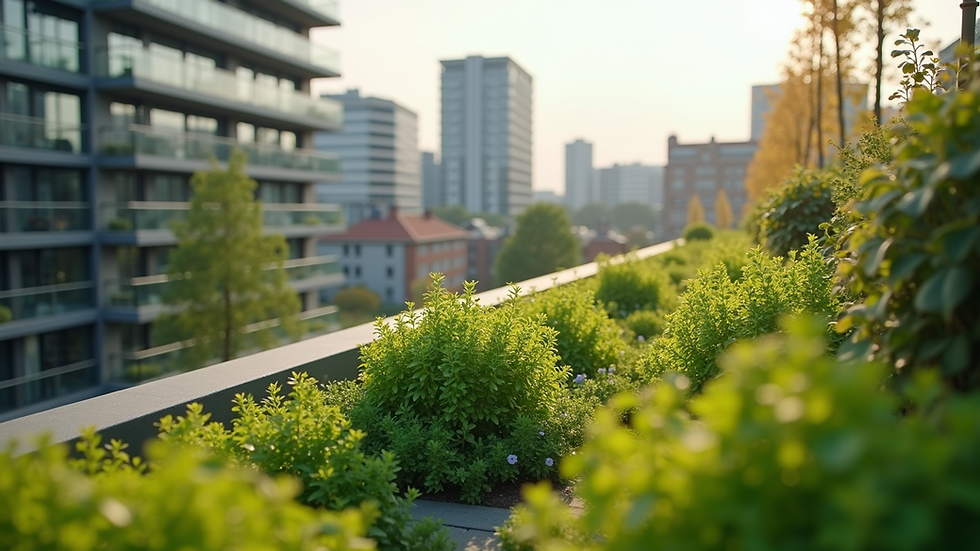Exploring Innovative Urban Design Projects in Denmark
- Thinking Urban

- 22. sep.
- 2 min læsning
Denmark has long been recognized for its commitment to sustainable living and forward-thinking urban development. The country’s approach to city planning integrates environmental consciousness, social inclusivity, and cutting-edge technology. This blog post delves into some of the most innovative city planning initiatives in Denmark, showcasing how these projects are shaping the future of urban life.
The Foundations of Innovative City Planning in Denmark
Denmark’s urban design philosophy centers on creating spaces that are not only functional but also enhance the quality of life for residents. Innovative city planning here emphasizes:
Sustainability: Prioritizing green spaces, renewable energy, and eco-friendly materials.
Connectivity: Designing cities that promote walking, cycling, and efficient public transport.
Community Engagement: Involving citizens in the planning process to ensure developments meet their needs.
One notable example is the city of Copenhagen, which aims to become carbon neutral by 2025. This ambitious goal drives many of its urban design decisions, from expanding bike lanes to integrating green roofs on buildings.

Pioneering Urban Design Projects in Denmark
Denmark hosts several groundbreaking projects that exemplify innovative city planning. These projects combine technology, nature, and social spaces to create vibrant urban environments.
Aarhus Ø - Waterfront Urban Renewal
Aarhus Ø is a new district built on reclaimed land, designed to blend urban living with nature. Highlights include:
Innovative water management systems to prevent flooding.
Mixed-use developments combining residential, commercial, and recreational spaces.
Public art installations and cultural venues that foster community interaction.
These features make Aarhus Ø a model for future waterfront developments worldwide.

The Role of Technology in Shaping Denmark’s Cities
Technology plays a crucial role in Denmark’s innovative city planning. Smart city solutions are integrated to improve efficiency and sustainability.
Smart Lighting: Streetlights that adjust brightness based on pedestrian presence, reducing energy consumption.
Data-Driven Traffic Management: Systems that optimize traffic flow and reduce congestion.
Digital Citizen Platforms: Tools that allow residents to participate in planning decisions and report urban issues.
These technologies not only enhance urban living but also support Denmark’s environmental goals.
How Denmark’s Urban Design Projects Inspire Global Cities
Denmark’s approach to urban design offers valuable lessons for cities worldwide. Key takeaways include:
Prioritize Sustainability: Incorporate renewable energy and green infrastructure from the outset.
Engage Communities: Ensure residents have a voice in shaping their neighborhoods.
Integrate Nature: Design urban spaces that connect people with natural environments.
Leverage Technology: Use smart solutions to improve city services and reduce environmental impact.
For those interested in exploring more about urban design projects, Denmark’s examples provide a rich source of inspiration and practical strategies.

Exploring Denmark’s innovative urban design projects reveals a holistic approach to city planning that balances environmental, social, and technological factors. These projects not only improve the quality of life for residents but also serve as blueprints for sustainable urban development worldwide.



Kommentarer